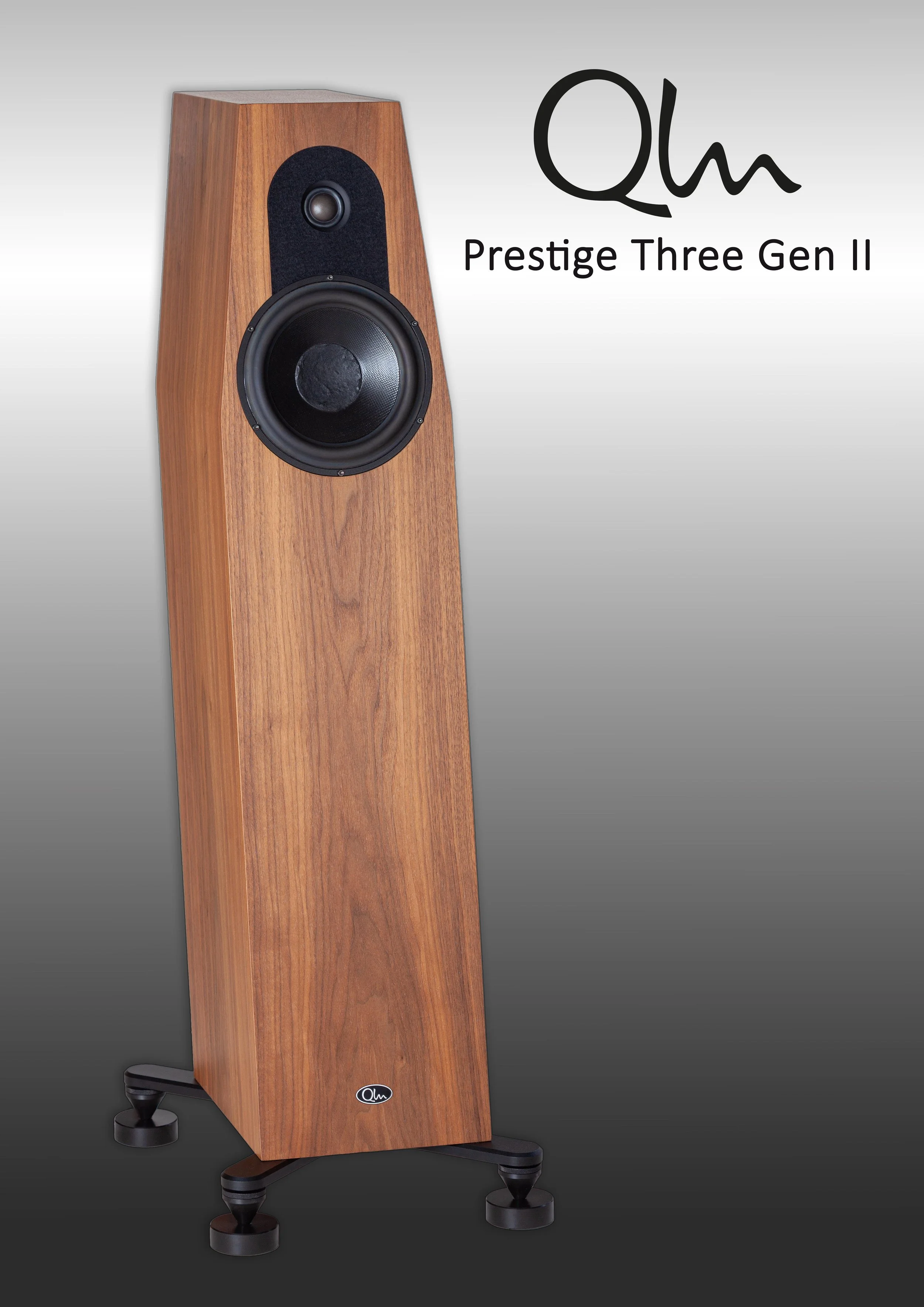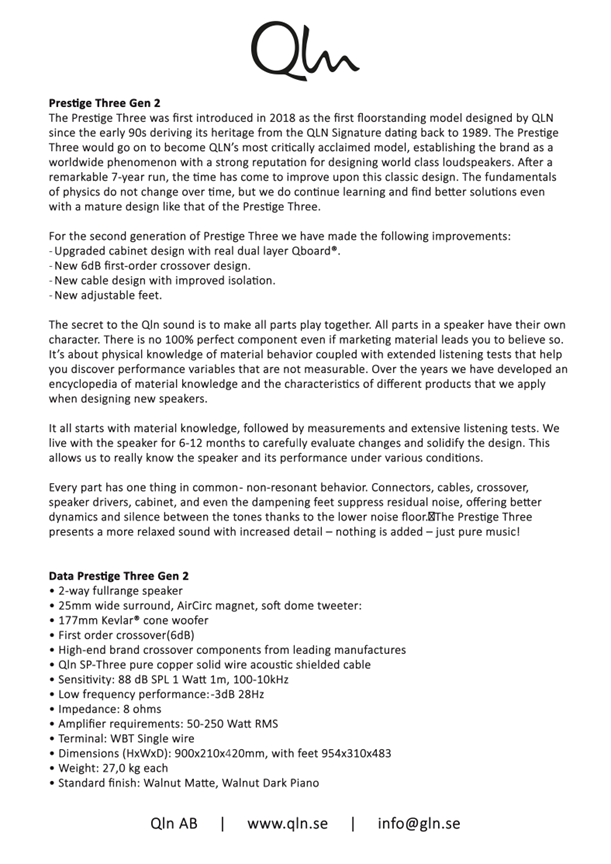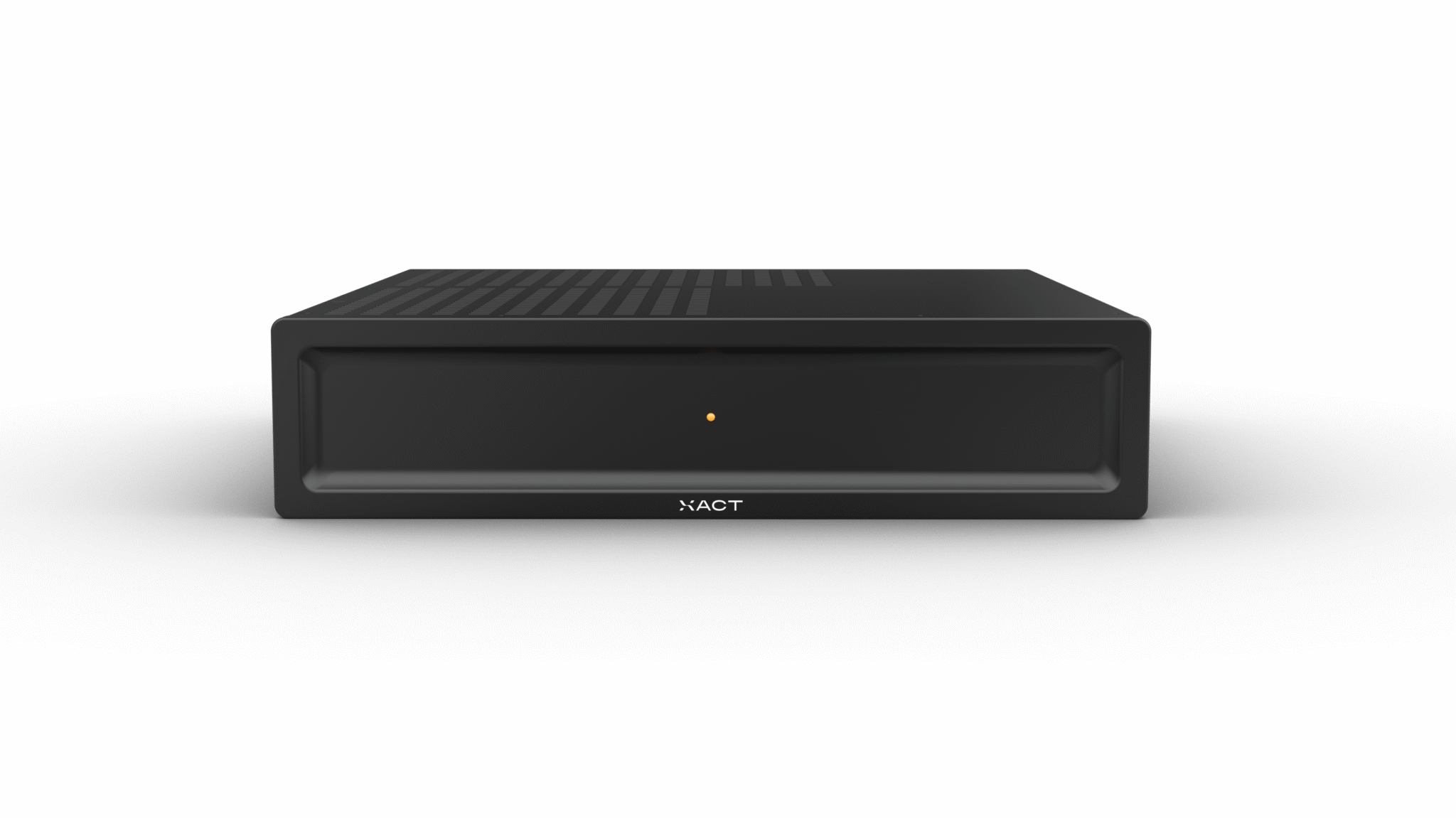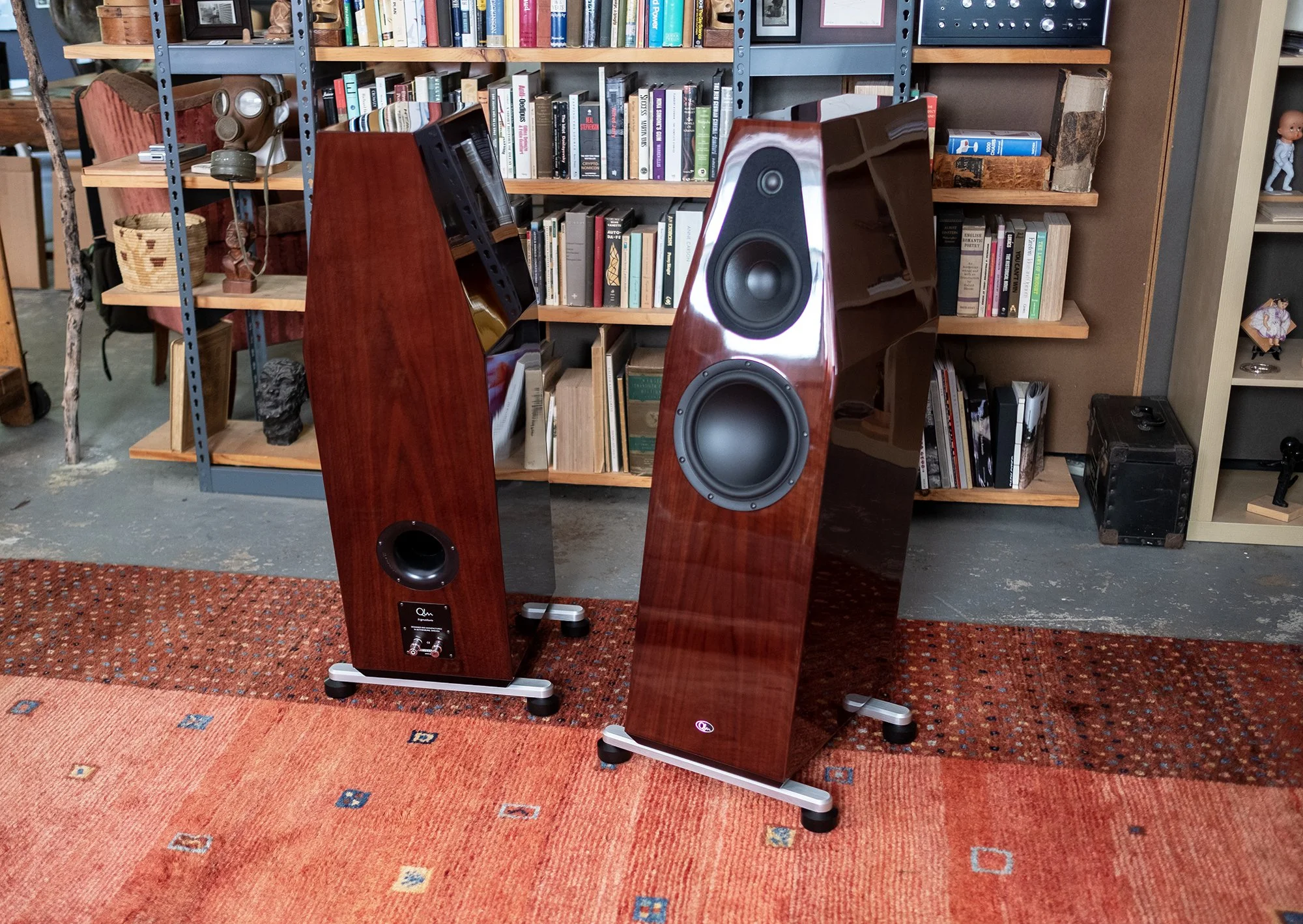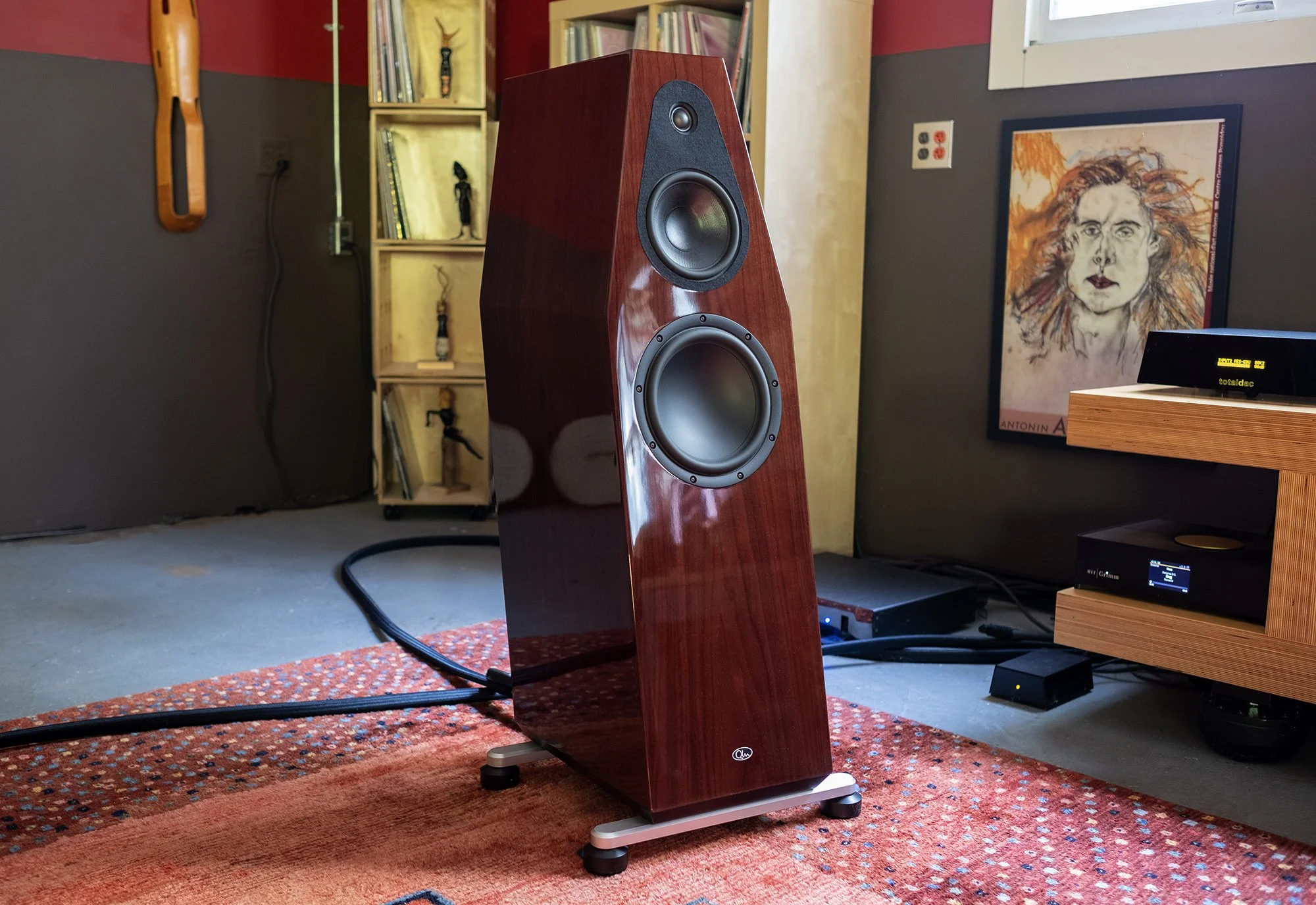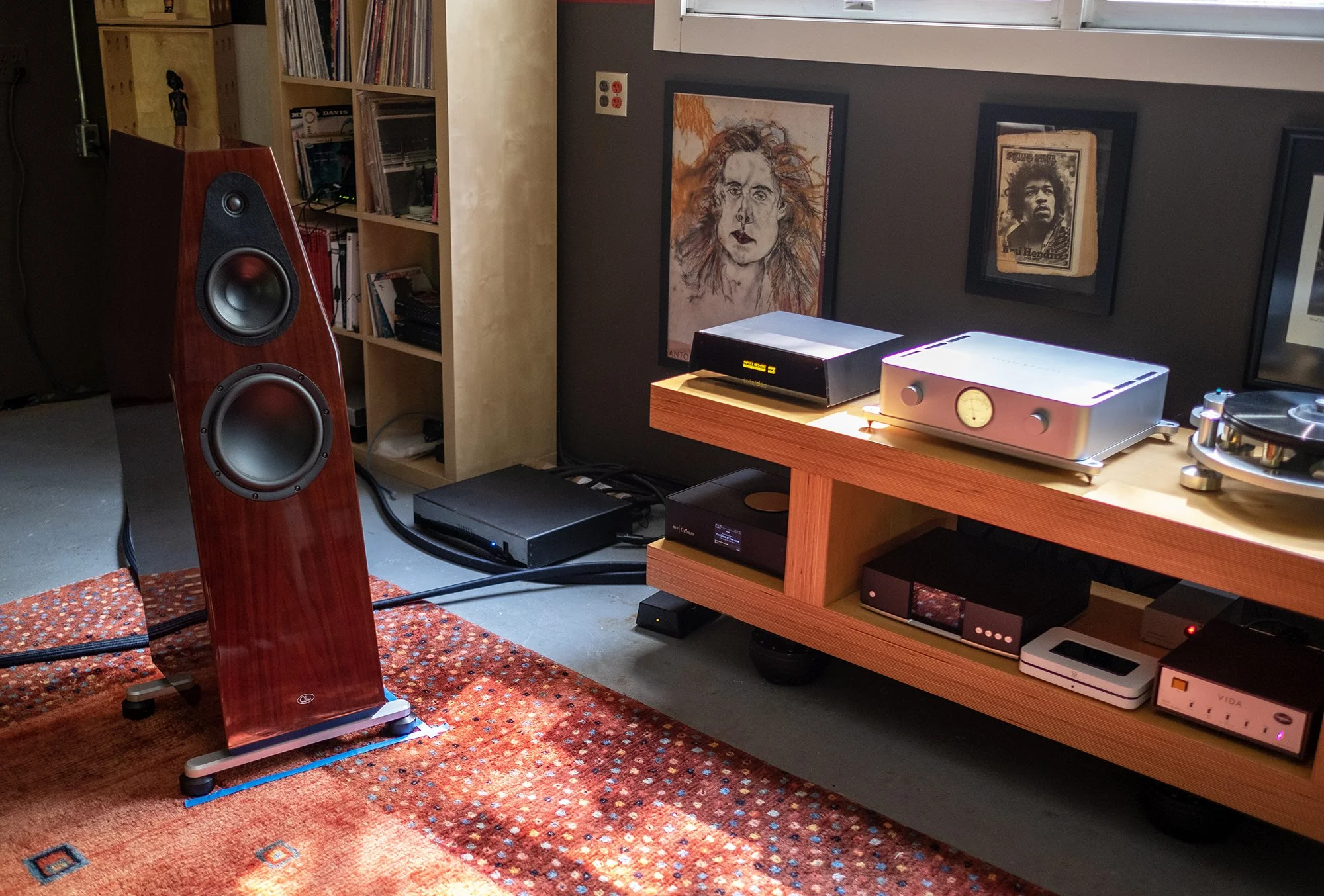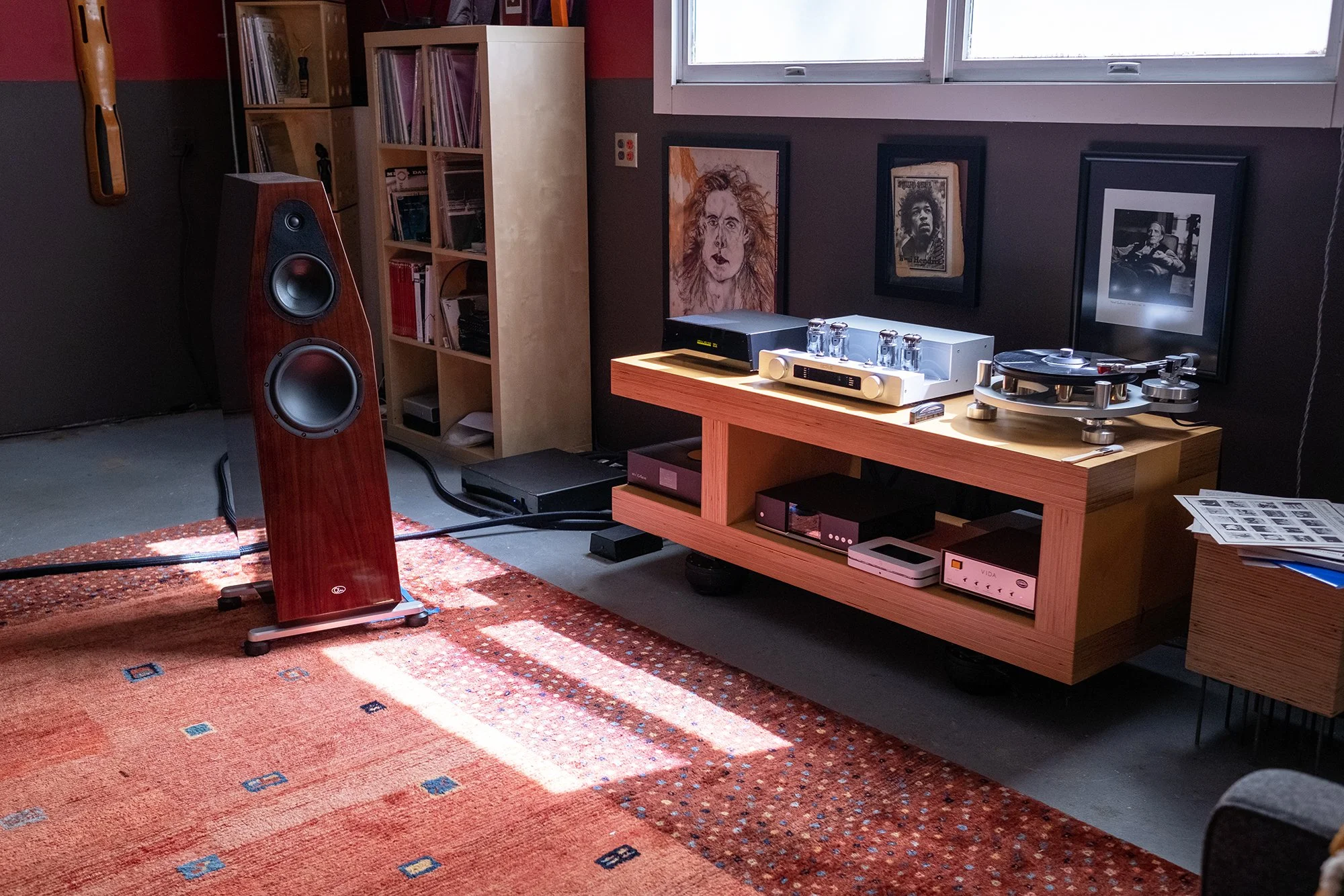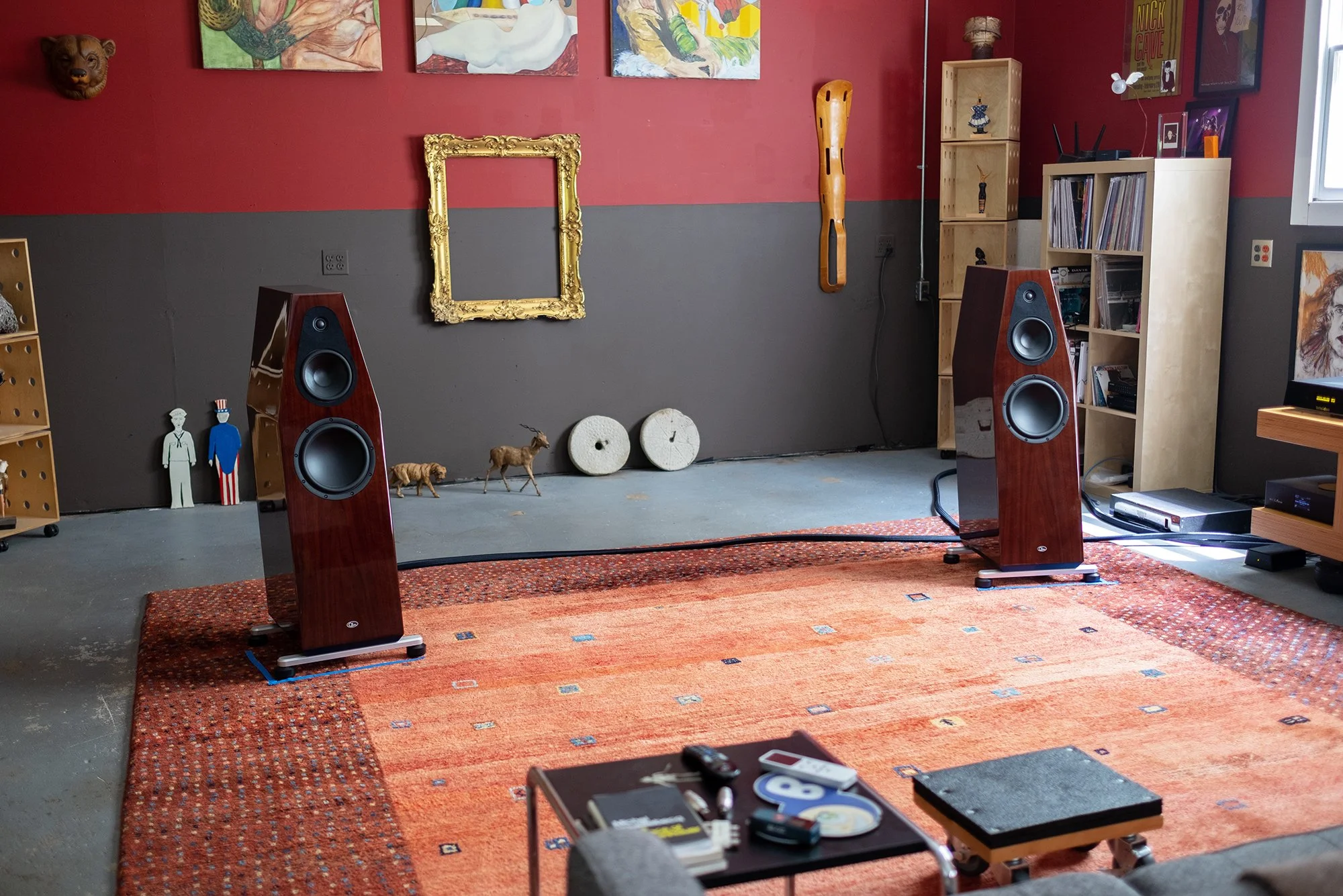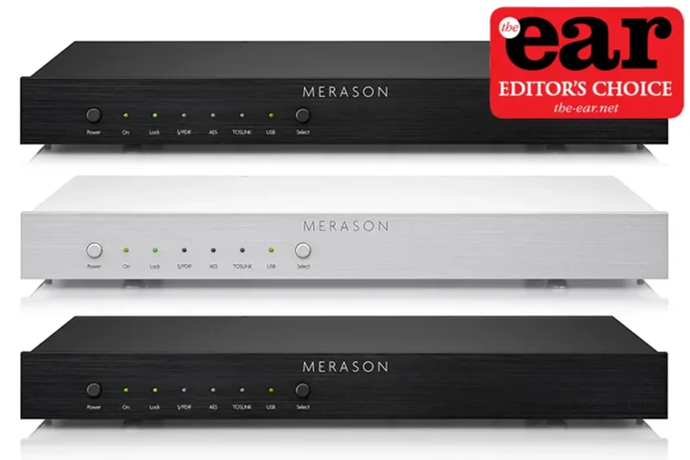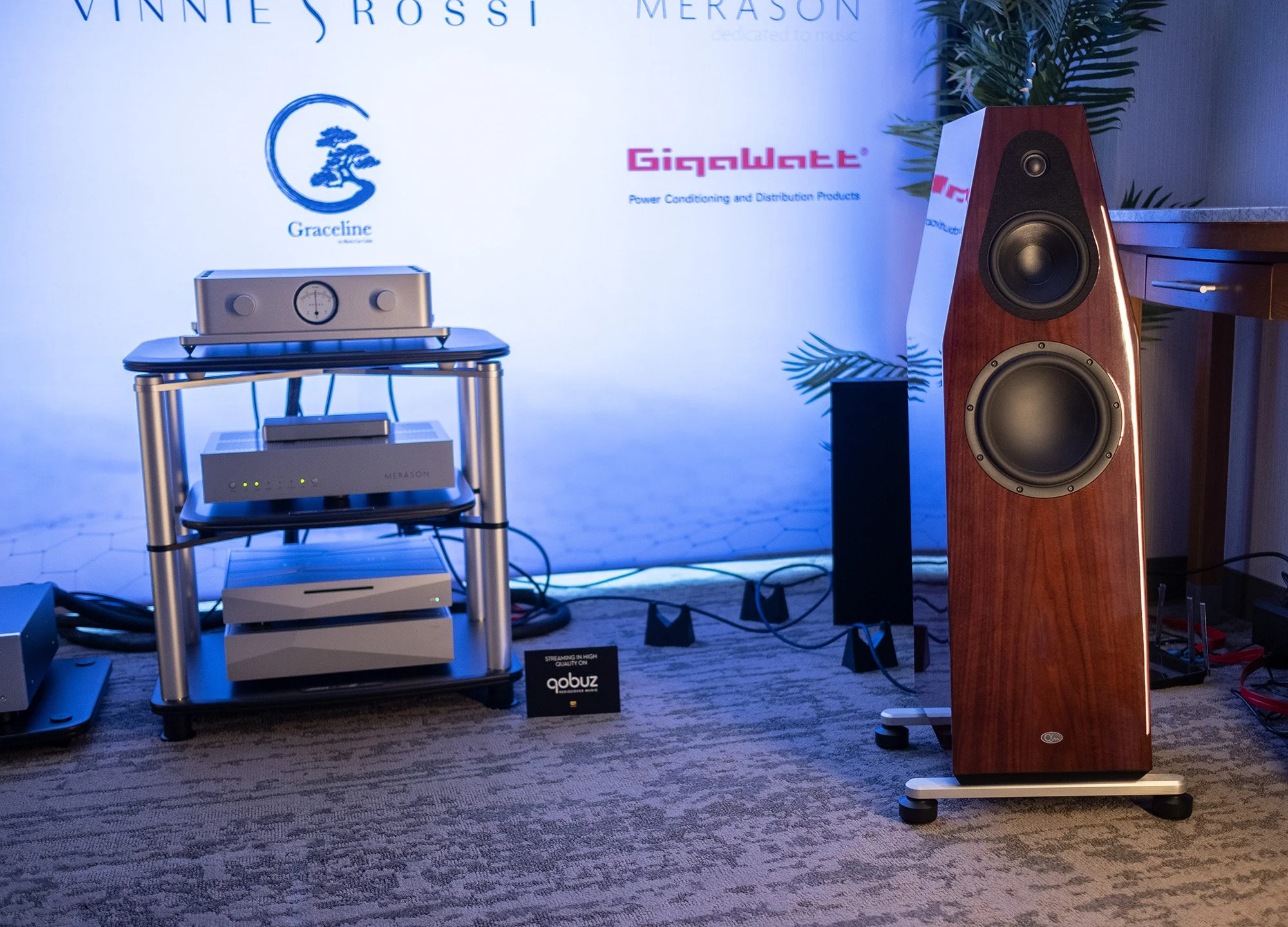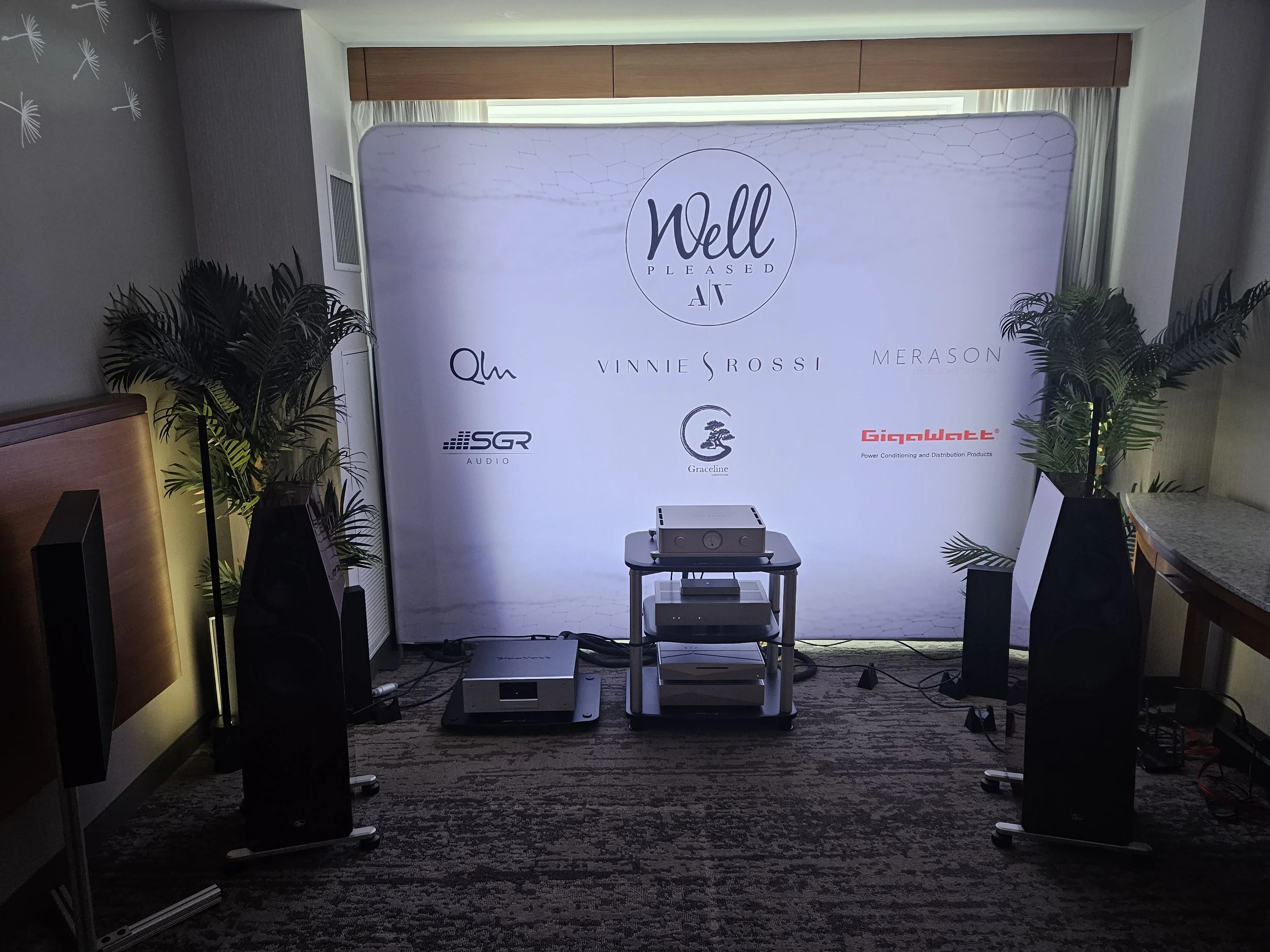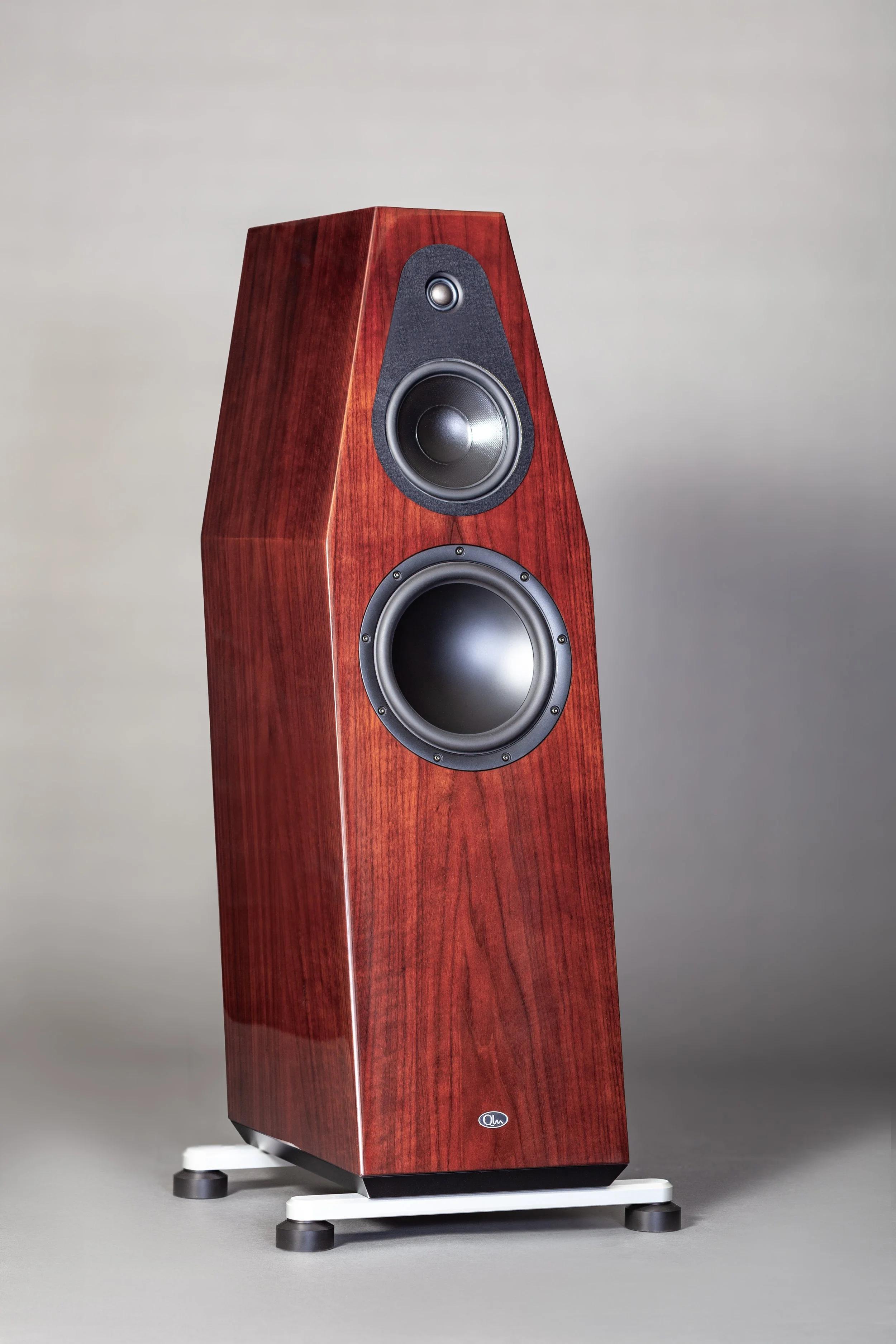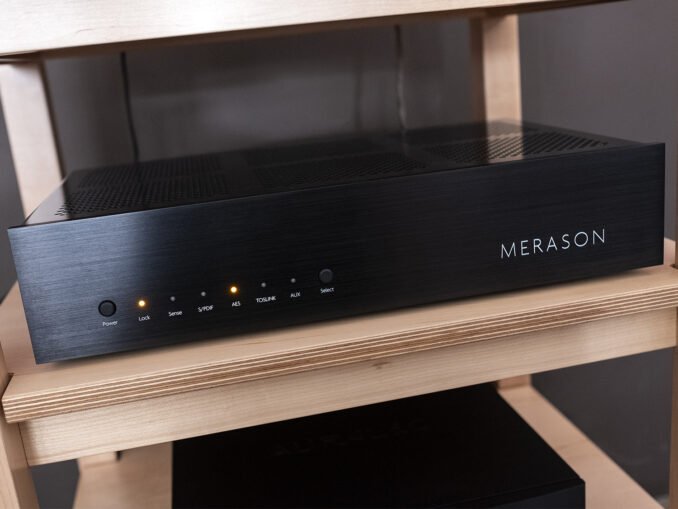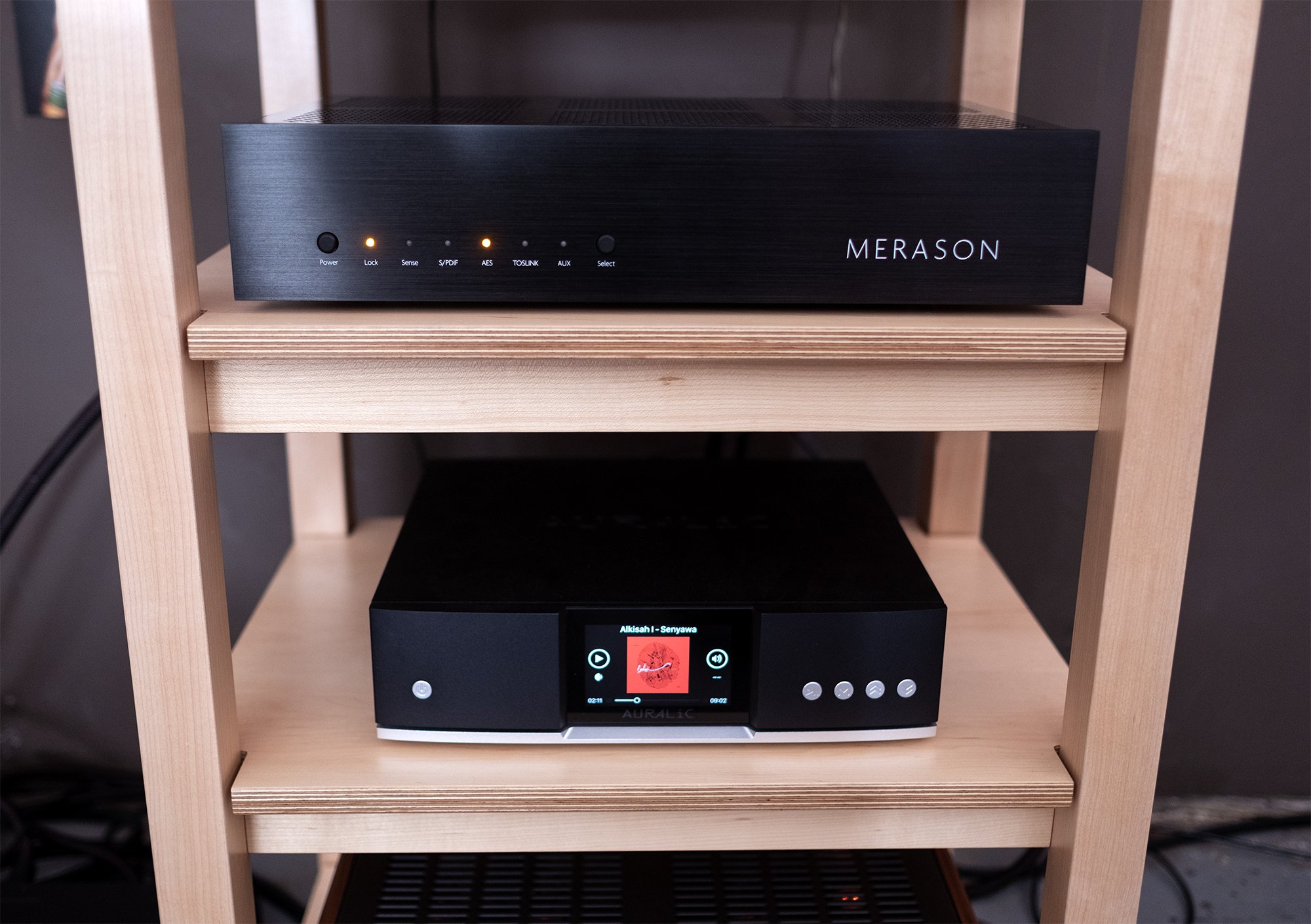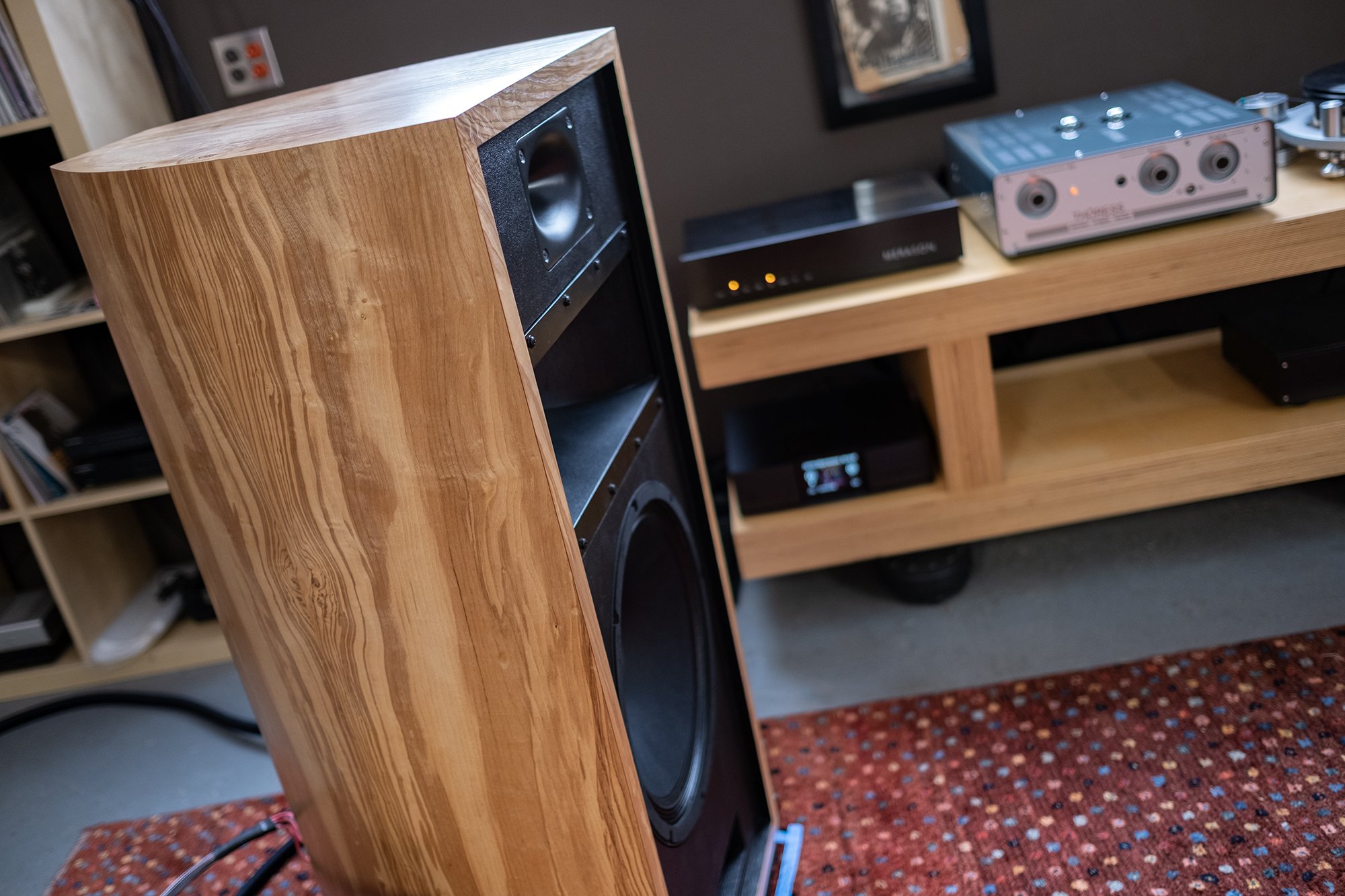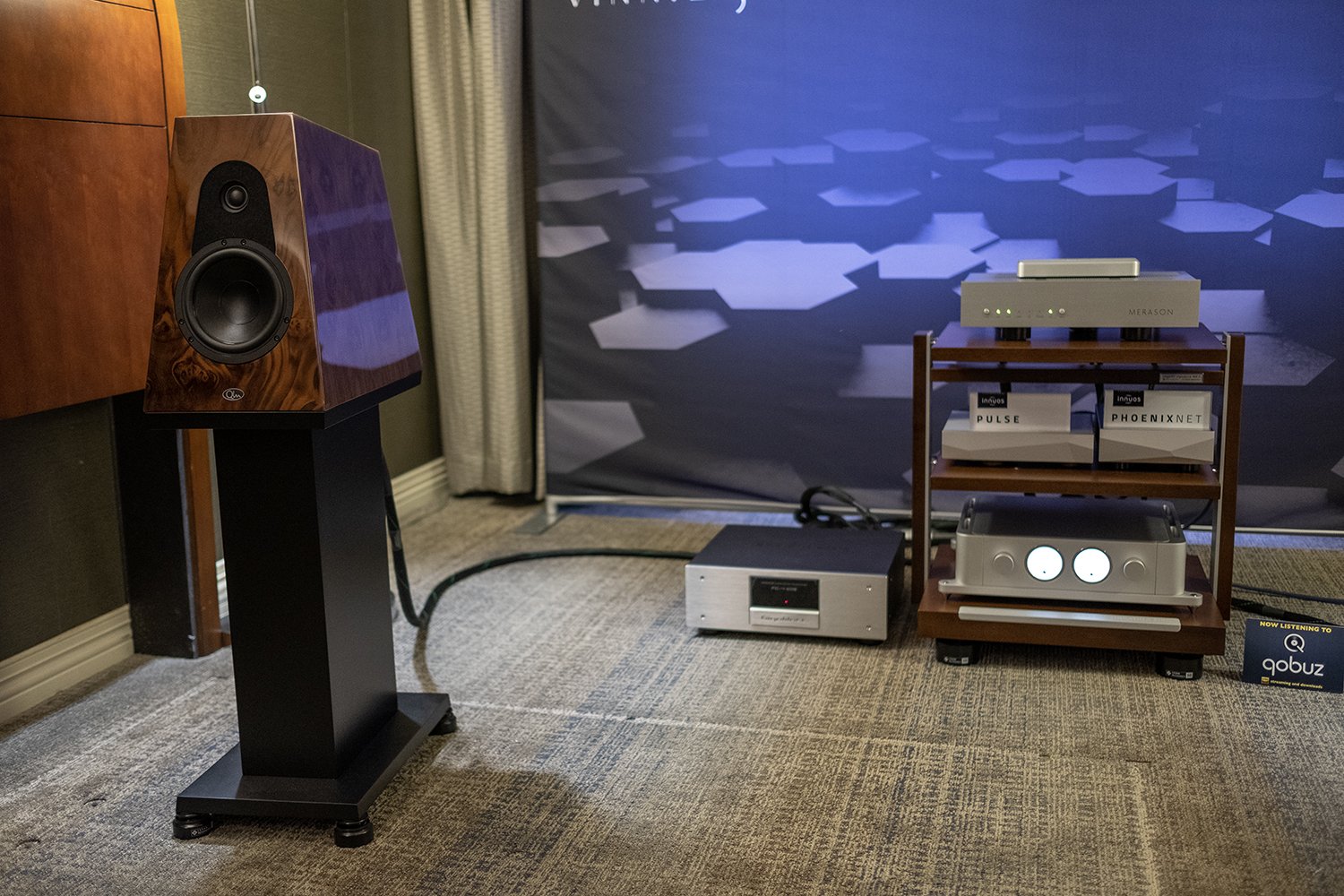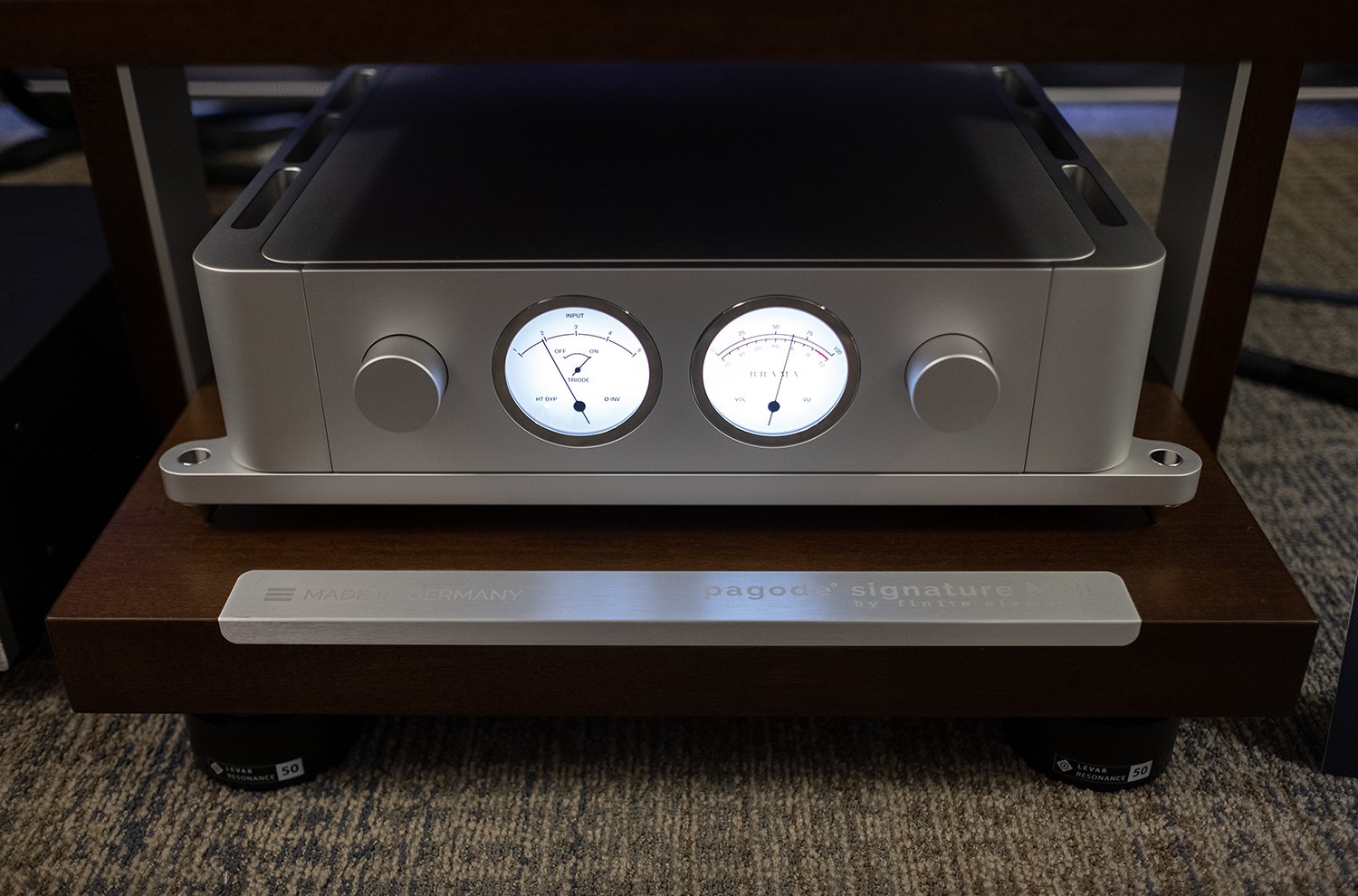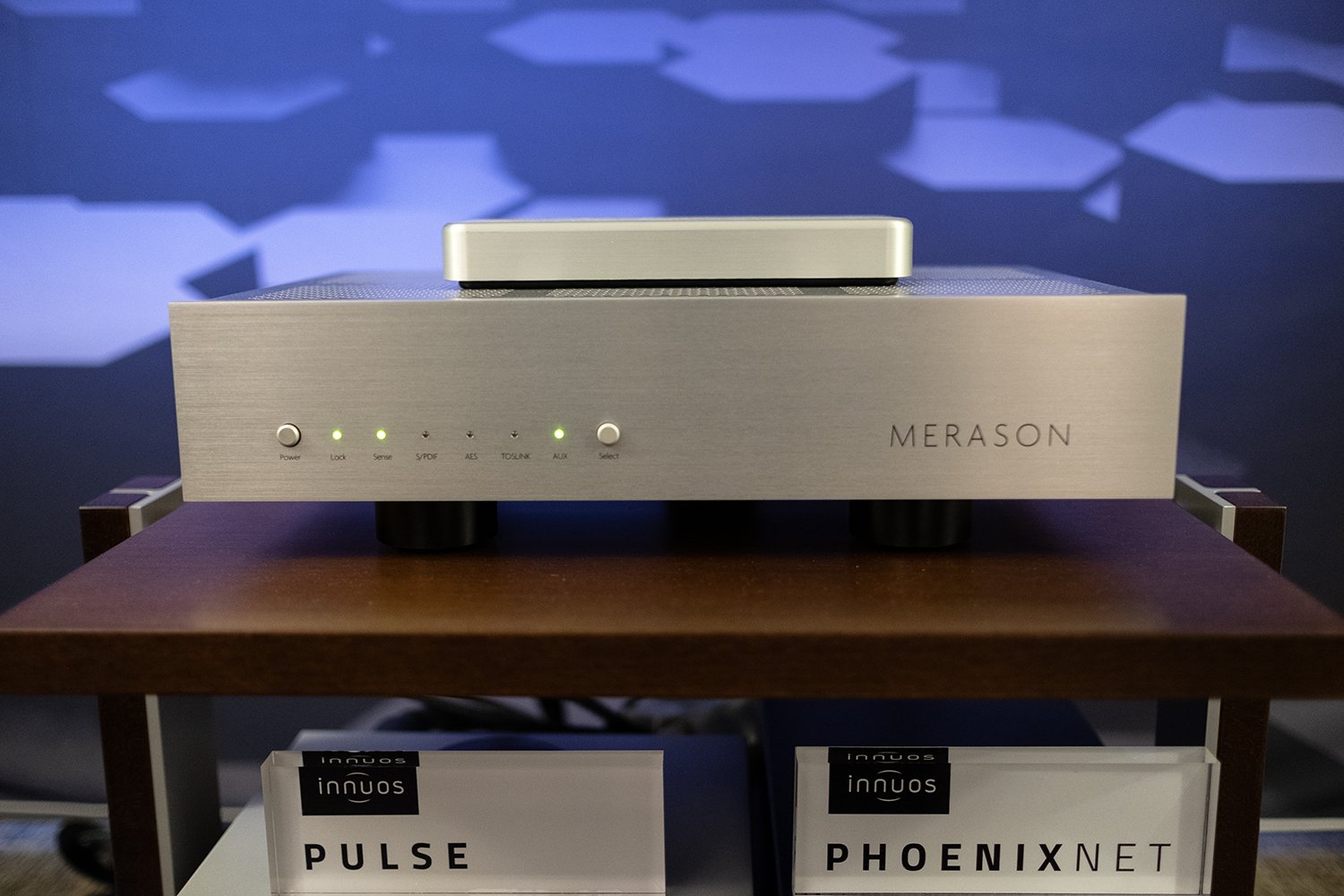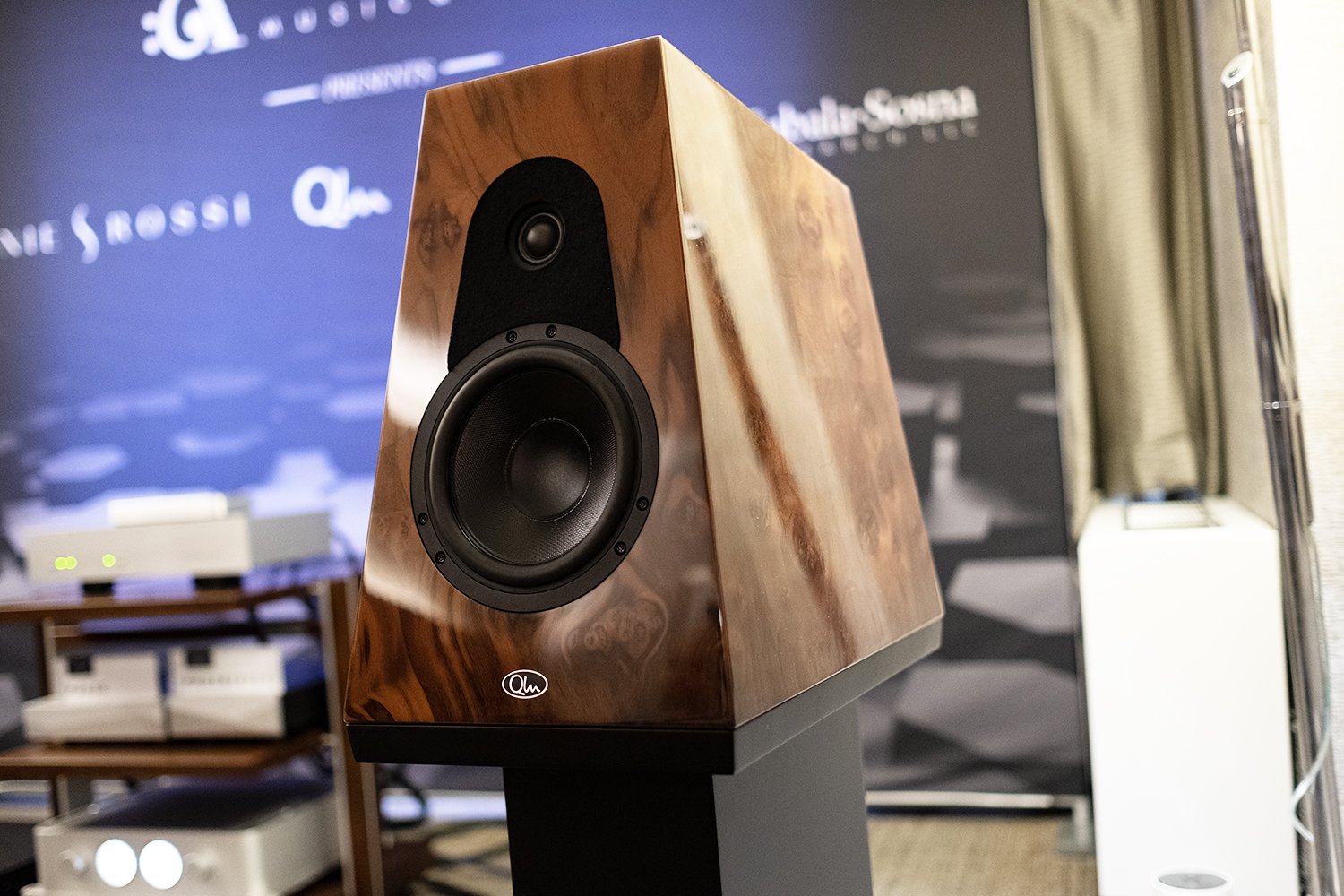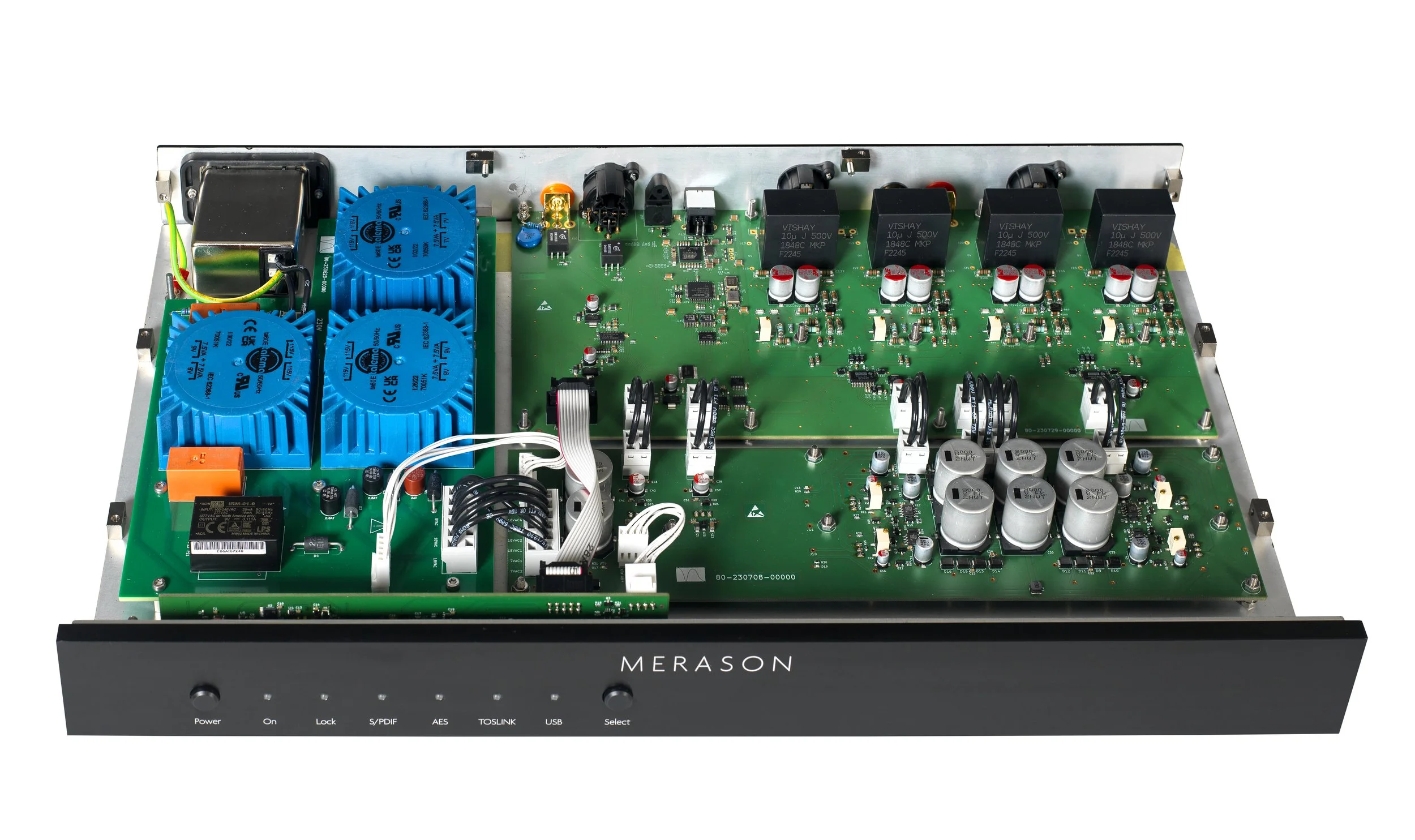Overview
The Qualiton 300B is an integrated stereo amplifier with 2 x 25 Watts output power, built
around the captivating sound character of 300B power tubes. This amplifier harmoniously
blends our classic heritage with modern details: it features refined vacuum tube circuits,
which we have enhanced with several additional functionalities. In shaping the overall
sound character, our primary goal was to move away from the pronounced coloration often
associated with amplifiers utilizing the 300B tube. Instead, we envisioned a smooth,
musical and balanced vacuum tube amplifier that excels across the entire audio frequency
range.
Technology
Powered by 300B
The 300B is a directly heated power triode that hardly needs an introduction. Originally
developed by Western Electric in the mid-1930s for amplifying audio in movie theaters, it
later became a favorite among audiophiles and one of the most successful vacuum tubes in
history. Its outstanding sonic properties led us to name our top-of-the-line integrated
amplifier after this phenomenal power tube. Its high linearity and low distortion serve as
the perfect basis for the amplifier's power block, in which we combine it with our own
custom output transformer for excellent low and high frequency behavior. Additionally, we
have integrated the newest iteration of our Automatic Bias System for continuous and
precise control of the quiescent currents, providing a seamless user experience.
Custom Output Transformers
The transformers of our amplifiers are custom-designed and built in our in-house
transformer workshop. Our output transformers are constructed using high-permeability,
large cross-section toroidal magnetic cores, which undergo initial impregnation during the
production process. Following this, the winding process begins, utilizing a multi-layered,
sectioned, and specially arranged winding configuration. This meticulous design ensures
optimal performance across both low and high frequencies. Once the winding is complete,
the transformers are encased in metal shielding cans to minimize electromagnetic
interference. Finally, they are potted using an epoxy compound to eliminate mechanical
vibrations and associated noises.
Custom Power Transformer
Just like our output transformers, our power transformers are also custom-designed and
built in our in-house transformer workshop. We manufacture them with the same
precision and attention to details: the high-permeability, large cross-section toroidal cores
are also impregnated, and then the winding process follows. The parameters of the
windings are designed to avoid saturation of the magnetic core and to ensure efficient
operation even under heavy load conditions. It is important to note that we use double
electromagnetic shielding for our power transformers. Finally, we employ the same epoxy
compound used to pot the output transformers to eliminate mechanical vibrations and
associated noises.
Automatic Bias System
This circuit continuously monitors the behavior of each tube and regulates the bias
voltages accordingly, ensuring the smallest possible output voltage noise while
guaranteeing the highest degree of linearity of the output stage. Additionally, it prevents
the sensitive, high-permeability output transformer cores from saturating by precisely
equalizing the quiescent currents of the power tubes. Furthermore, the bias system
incorporates a built-in soft-start function, which prevents the tubes from drawing
excessive current during start-up and eliminates pops and noises. The result is that no
further adjustment is required once the electron tubes supplied with the unit have been
installed; the Automatic Bias System takes care of everything.
Filament Soft-Start
To significantly extend the lifetime of the power tubes, we have implemented the Filament
Soft-Start feature, which limits the current flowing through the heating filaments to a safe
level during start-up when the tubes are cold. The transient current of a 300B's cold
filament can exceed eight times the nominal heating current, which poses a risk of
damaging the expensive power tubes in a short time. Therefore, each of the filaments of the
300B's is fed from its own stabilized DC power supply, and the soft-start circuit ensures
that the transient current in each filament remains well below 2 Amperes throughout startup,
providing sufficient protection for the tubes.
Highly Optimized Layout
During the design phase, a significant amount of engineering time was devoted to the
layout details of the whole integrated amplifier. Our top priority was to maximize the
signal-to-noise ratio and completely eliminate mains related signal components from the
audio frequency spectrum. To achieve this, we separated the audio circuits as much as
possible from the power supplies that cause the most electromagnetic interference.
Additionally, we repackaged a substantial portion of the internal structure of the amplifier.
By utilizing our highest-quality printed circuit boards, we have created a modular, robust,
and high-performance layout.
Pragmatic Audio Design
In terms of audio design, we firmly believe that:
• A really good tube amplifier should be compatible with as many loudspeakers
as possible.
• A well-designed tube amplifier should exhibit Total Harmonic Distortion (THD)
below 0.5% across the entire power spectrum, from milliwatts to rated power,
spanning 20 Hz to 20 kHz.
• Ideally, the THD vs. Frequency plot should remain flat when measured at a fixed
output power.
• The transient response should remain fast and controlled throughout the entire
audio range, which goes hand in hand with the frequency response being wide
and flat.
• A tube amplifier can have low noise and an exceptional signal-to-noise ratio.
• Thoughtful work, good technical parameters and excellent sound quality can
coexist in a high-end tube amplifier.
In the preamplifier and driver sections, the 12AX7 and 12AT7 tubes play a crucial role in
achieving these goals. Furthermore, their DC-stabilized filament supply and circuits with
low offset and stable DC operating points ensure resilience against parameter variations.
Relay-Controlled Input Selection
The amplifier features a total of five analog inputs: four unbalanced and one balanced.
Selection between these inputs is accomplished using precision, low-power, ultraminiature
Japanese relays with ultra-low contact resistance gold overlay silver contacts, all
of which are controlled by a microprocessor. The front panel Status Display indicates the
currently active or inactive inputs.
Relay-Controlled Volume
Our 100-step relay-controlled stereo attenuator features 25 microprocessor-controlled
signal relays that switch a total of 48 precision metal film resistors. Programmed with a
custom attenuating characteristic, it enables fine adjustments across the entire operating
range of the volume control. At position 0, it is completely muted. The stereo tracking is
exceptionally accurate. The signal relays are precision Japanese-made low-power types,
featuring ultra-low contact resistance gold-plated contacts.
Multifunction Control Knob
We have updated our front panel rotary knob, which now serves multiple functions. In
addition to adjusting the volume, it can power the device on and off from stand-by mode.
Furthermore, when the amplifier is active, it also acts as an Input Selector.
Remote Control
The remote control features a black anodized aluminum finish. Alongside the basic
VOLUME UP and VOLUME DOWN functions, it also includes a convenient MUTE function.
You can power the device on and off from stand-by mode using the POWER button. When
the amplifier is active, this same POWER button also functions as an Input Selector. To
return the amplifier to stand-by mode, simply long-press the POWER button. Additionally,
the remote control allows you to fine-tune the brightness of the status display, with three
preset levels to choose from. You can access the brightness control menu by long-pressing
the MUTE button.
Status Display
The microprocessor-based Input Selector and Volume Control System features a Status
Display. The display material is scratch-resistant smoked plexiglass. By default, the top
section of the Status Display indicates the volume value. During user action, the display
becomes more intense, and then it dims to a lower brightness after a few seconds. Users
have the option to select from three preset brightness levels. The stand-by mode's red LED
is located in the lower section of the Status Display.
Aesthetics
Our approach to the visual design centers around maintaining visual neutrality. We
intentionally avoid overdesigning the appearance, aiming for aesthetic simplicity and
cleanliness. Our products are not meant to be theatrical or ostentatious; rather, they
seamlessly integrate into the audio system's interior without disrupting the user
experience. However, we add unique touches, such as the chassis folded back at a 45-
degree angle, a stainless steel logo badge, a custom rotary knob, or simply the sight of the
gourgeous-looking vacuum tubes.
Protective Features
• The amplifier is equipped with a practical protective cover that serves a dual
purpose: it shields the vacuum tubes from physical damage and protects the
user from the tubes’ hot surface.
• Furthermore, we have implemented mechanical protection on the vacuum tube
sockets, preventing the expensive power tubes from being damaged due to
possible incorrect installation.
• The amplifier’s turn-on and turn-off sequencing circuit is designed to eliminate
any unwanted pops and noises. The circuit ensures that the speakers are only
connected to the outputs after the start-up time has elapsed. It actively
monitors the presence of mains voltage, and if it detects an absence, it swiftly
disconnects the loudspeakers from the output terminals. When turning off the
amplifier, it disconnects the speakers first. This thoughtful design enhances the
overall user experience and protects your audio equipment.
Special Components
• Tested and Selected Vacuum Tubes:
The power tubes in all our amplifiers come in matched quads. The preamp
tubes are selected for low noise, symmetry and minimum distortion.
• Gold-Plated Ceramic Tube Sockets:
Ensuring reliable connections.
• Gold-Plated Audio Terminals:
Enhancing signal transmission quality.
• Film Capacitors:
We exclusively use film capacitors in our audio circuits for optimal
performance.
• Ceramic Composition Resistors:
These resistors are placed in critical positions to enhance reliability.
• Long-Life, High-Temperature-Tolerant Capacitors:
Employed in our power supplies to withstand demanding conditions.
• Mains Filtering:
We use mains filtering on the primary side of the power transformers, with the
purpose of filtering out any incoming interference that may be present on the
powerline.



